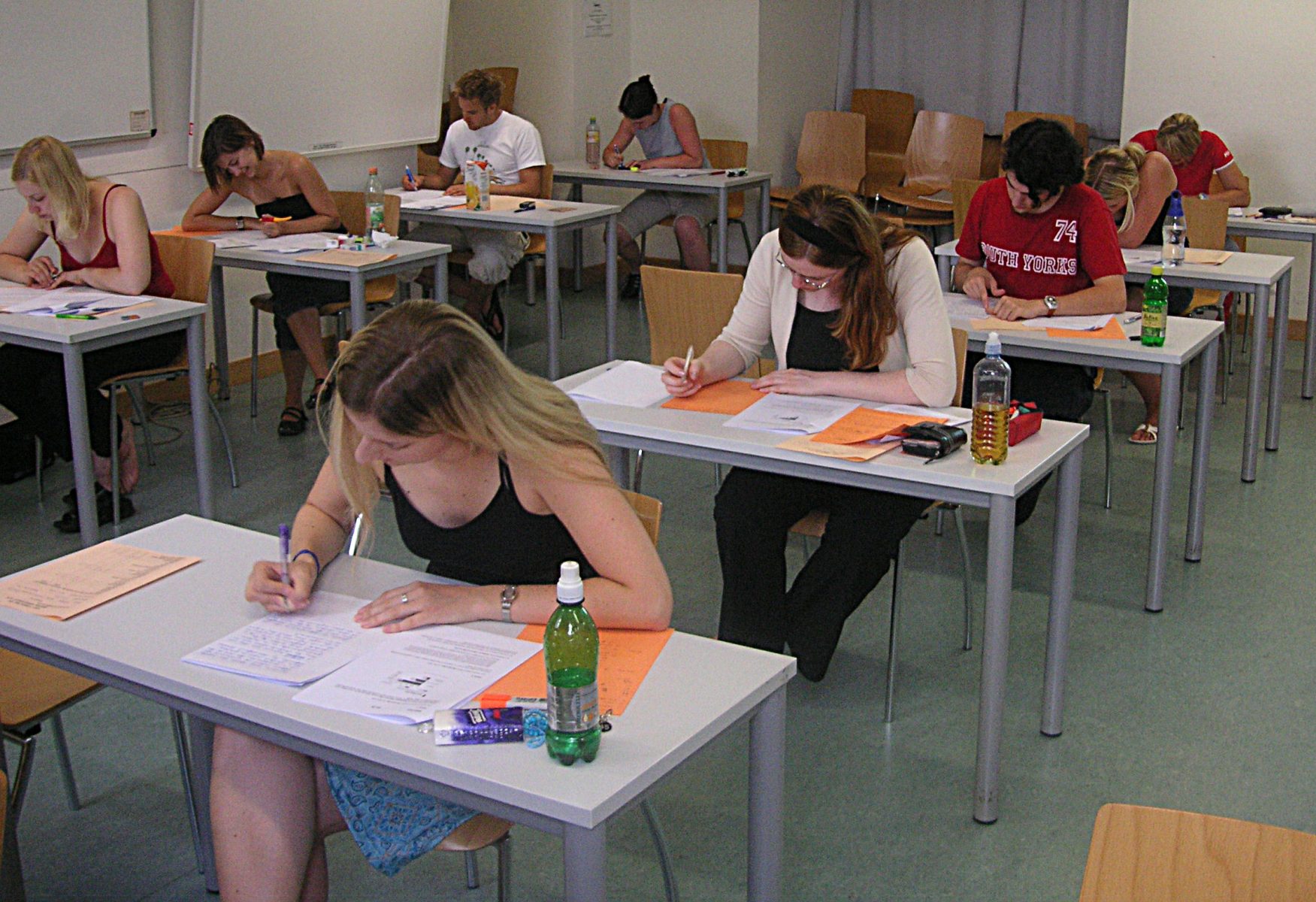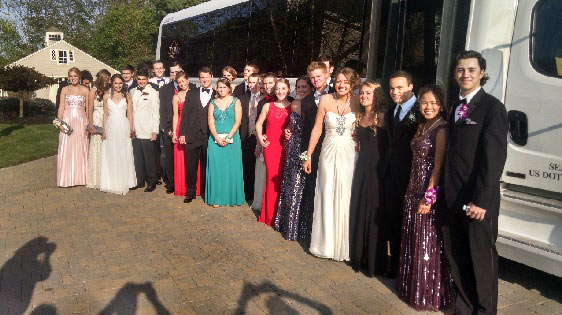
You’re psyched about the end of the term, prom and summer plans are on your mind, but you still have those annoying finals to deal with. This compilation gives you some tips on how to unearth the most viable answers to those multiple choice and true/false questions. We guarantee that these will only help some of the time.
- When an answer is absolute and contains words like “always, only, never, none, all, no, exactly, must, everything, etc,” those answers is usually false or invalid. Almost nothing happens the same way all the time (unless it’s a math test). But, don’t use this tip to eliminate “all of the above” or “none of the above” as potential answers.
- Conditional words like “sometimes, probably, mostly, typically, seldom, many, almost, usually, likely, etc.” are more apt to be true.
- None of the Above, is regularly a choice on most tests, however it is rarely the answer. The goal of the test is to help you learn, if “None of the Above” was the correct answer, you wouldn’t really learn anything from the question. Be careful of double negatives that the teacher may add to confuse you.
- All of the Above, if you start looking at answers and think definitely A is correct and maybe B and C, well “All of the Above” is likely the right answer. Again by having multiple correct answers the teacher gives you a better chance to learn more about the topic.
- If the answer is funny, it’s usually wrong. It’s the teacher have fun with the answers and giving you a little bit of a break narrowing down the answers.
- On a test written by the teacher, the longest response is often the correct one. Teachers do not want to spend their time writing wrong long answers. When you see lots of information and adjectives in an answer it may be a clue that it is the right response.
- Similarly, if a true/false question is longer than the others, then it is likely a true statement.
- When in doubt, typically, more answers are true than false.
- Statements that contain the word “because or since” have a better chance of being true. They explain why the statement is true.
- See if there’s a word in the question that matches a word in the answer. That might be a clue that the answer is linked to the question.
- Keep an eye out for grammar clues. If the lead in question ends with the article “an” the answer likely starts with a vowel. If it ends with an “a,” answers with vowels are likely incorrect.
- Also on the grammar front look for clues that an answer might be plural or singular. If the statement ends in “are” the answer should be plural, where if the last word is “is,” the answer should be singular.
- When two answers are opposite, then one of them is typically correct. This is the teacher taking the easy way out of coming up with a wrong answer. Use it to narrow your choices.
- Using the same theory, try to find words that look similar or answers that contain similar words. One of those is usually correct. Again the teacher is finding an easy way to give you a wrong answer option.
- When you have a number options on multiple choice (that is not a math test), typically the highest and lowest numbers are incorrect. They help frame the correct answer and may help to increase your chances.
- Finally, when you just run out of options, for teacher created tests, “C” is the most popular option and “B” is the second most popular.
Hopefully, these tips will make test taking a little easier. To make a night out a little more special most people would recommend:
A. Getting a ride in a Big Yellow School Bus
B. Reserving a Limo or Party Bus from Le Limo
C. Asking a parent to drive you
D. None of the above



